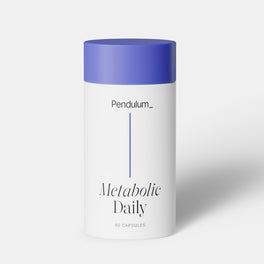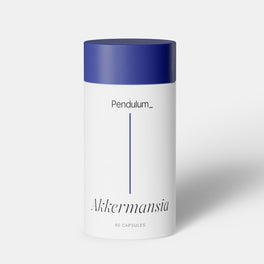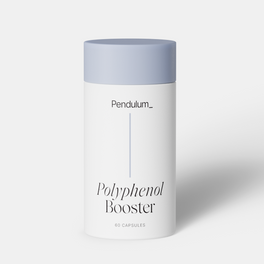Ask the Dietitian: 'How Do I Realistically Manage My Sweets Cravings?'
By Kristin Neusel, MS, RD, LD, CDCES
I’ll admit, even as a dietitian I enjoy the occasional sweet!
But as you may already know, sweet treats are usually jam-packed with carbohydrates and added sugars, which can mean bad news for your blood sugar.
Sweets like candies or cakes generally have a high glycemic index, which means they will spike your blood sugar faster than something that has fiber as its carbohydrate.
But let’s be real: cutting out all sweets isn’t realistic. I’ve got some great tips to help you have your cake and eat it too!
-
Practice portion control: The American Diabetes Association recommends people living with diabetes aim for 45-60 grams of carbohydrates at each meal. Sometimes, a brownie can have up to 60 grams of carbohydrates on its own! Know how much you are eating before you indulge. Always check the serving size and net carbohydrates of sweets (or anything you eat) by reading the label.
-
Sharing is caring: Sometimes just a little bite of something sweet will satisfy your craving. If you simply can’t resist, enjoy a taste of your favorite dessert. A great safeguard against eating more than that? Share the rest with a spouse, friend, or neighbor.
-
Exercise after you indulge: Going for a little walk after you’ve just enjoyed a little something sweet can really help keep blood sugars under control. Aim for a brisk 20-minute walk.
-
Go easy on artificial sweeteners: Artificial sweeteners have been shown to alter your gut bacteria — not great for the gut microbiome, which we are aiming to nurture with Pendulum Glucose Control. Artificial sweeteners are actually much sweeter than sugar, and actually have the potential to increase your sweet cravings.
What to eat to satisfy your sweet tooth:
-
Fruit: Most restaurants serve fruit as a dessert, but before you order make sure they don’t top it with sweetened whipped cream or other sugary flourishes. Also, keep the skin on: the skins of fruits have fiber, which will help to slow your blood-sugar spikes. The American Diabetes Association recommends 2-4 servings of fruit a day for proper blood-sugar control.
-
Chocolate: Great news, chocolate may actually improve insulin response and blood-sugar control because of their flavonols (antioxidants found in raw cacao)! Now the bad news: a lot of the chocolate we eat has tons of added sugar and not many flavonols. Look for at least 70% dark chocolate.
- I love using Eating Well for healthy dessert recipes: check them out for a ton of inspiring options!
Here’s a quick and easy recipe that’ll benefit your gut microbiome while keeping your blood sugar levels in check.
Chocolate-Dipped Banana Slices
Ingredients:
1/2 unripe green banana*
2 oz. chocolate (at least 70% cacao)
Instructions:
- Melt the dark chocolate in the microwave until completely melted, about 15-20 seconds.
- Peel and chop the banana into bite-sized pieces.
- Put a toothpick into the end of each banana piece and dip in the dark chocolate.
- Optional: roll the banana pieces in chopped toasted nuts for a bit of extra protein.
- Refrigerate until chocolate is cooled and set.
*Unripe green bananas are rich in a type of fiber called resistant starch, which is a great plant-based prebiotic that reduces bloating and increases healthy gut bacteria.
References:





